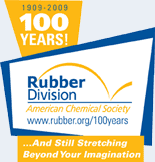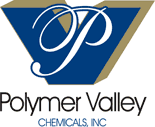![[ Visit ACS Rubber Website ]](images/logo.jpg) |
|
Centennial Elite SponsorsBecome a Centennial Elite Sponsor |
41 Taraxacum kok-saghyz (TKS) – A Domestic Source of Natural Rubber: Rubber Quality of Early Development SamplesTuesday, October 13, 2009: 3:45 PM
329 (David L. Lawrence Convention Center )
Natural rubber for commercial use is obtained almost exclusively from the Brazilian Rubber Tree, Hevea brasiliensis (Hevea), and nearly all the supply comes from Southeast Asia. Price and supply risks have renewed interest in 1) finding alternatives to Hevea and 2) domestic production. During WWII, the “Russian Dandelion”, Taraxacum kok-saghyz (TKS), was investigated as an alternative to Hevea. The Emergency Rubber Project demonstrated that TKS was a viable source of domestically-produced natural rubber, with processing and vulcanizate properties comparable to Hevea. The program was abandoned as the war ended, and supply lines were restored.
PENRA, the Program of Excellence in Natural Rubber Alternatives was created to focus on research and commercialization of a viable natural rubber alternative. Housed at The Ohio State University’s Ohio Agricultural Research and Development Center (OARDC), academic participants include Ohio State, The University of Akron, and Oregon State We report the results from characterization of small quantities of TKS rubber withdrawn from the breeding program, and compare these to a sample of Standard Malaysian Rubber SMR20. Characterization included molecular weight, cure rheometry, ash content, and mechanical properties of a model vulcanizate. Testing to date demonstrates that TKS rubber has gum and vulcanizate properties similar to Hevea. |









